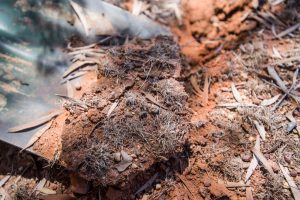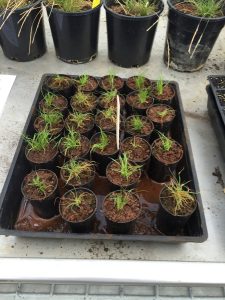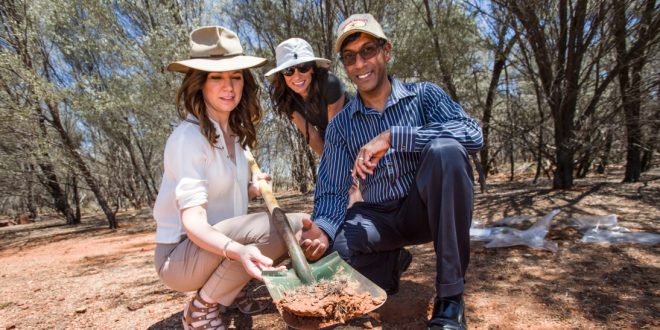
Sometimes we can take for granted how nature has the ability to improve our health — directly and indirectly.
First, let me offer a vivid example of nature’s direct impact, in the very plants that surround us. Many of these, we are only now discovering, have tremendous potential to affect our well-being, both as individuals and on a much grander scale.
On a recent trip to the Outback west of Brisbane with researchers from the Queensland University of Technology, I witnessed firsthand the amazing ability of an Australian grass called Tripogon loliiformis to withstand being dried out for months — losing 95 percent of its water content — and then be revived by just a few drops of water. Make note: Most plants die after losing 20 percent of their water content.

Scientists had never known how these plants could “play dead” to reserve energy and then revive themselves with water — until just a few months ago.
In findings recently published in the journal PLOS Genetics, the Queensland University scientists report how they determined that during droughts, this particular genus of “resurrection plant” collects a type of sugar called trehalose present in plants. When the dehydrated plant gets some water, this sugar helps trigger the process of autophagy, allowing housekeeping of the plant’s cells by cleaning up and removing its damaged parts.
So why should we care about the unique survival ability of Tripogon loliiformis? Because, the researchers conclude, the findings present potential for the development of more stress-tolerant plants, which could promote better production of global crops for the world’s food supply.

As I noted earlier, nature can indirectly provide health benefits for us as well. For example, scientists are finding that just spending more time in the Great Outdoors can have positive effects on our health.
Research shows spending time in nature may help lower stress, depression, fatigue and anger levels, and boost mood and memory. And even if you cannot get out in nature, just viewing scenes of nature can have positive, albeit less dramatic, mood-boosting effects.
Studies are revealing how spending time outdoors surrounded by plants, water and wildlife makes us healthier, too. Just simply being in nature, whether walking, jogging or even sitting and looking at the trees and plants may reduce blood pressure and muscle tension, as well as stress-related hormones.
With all the psychological and physical health benefits of spending time in nature, it is not surprising that research published in the American Journal of Preventive Medicine found that exposure to the natural environment may even reduce mortality.
We all need to experience some of these health benefits of nature. So head into the great outdoors and enjoy all the benefits.
ASK FIT LIFE
Can exercise relieve my pain?
Pain is often associated with physical activity, as evidenced by the common phrase of “no pain, no gain.” This mentality, however, may serve as a deterrent for many people to not exercise, because they may feel that exercise has to be painful and uncomfortable. Luckily, researchers have found that exercise does not need to be painful to be beneficial, and it may even help us tolerate more pain. Exercise-induced hypoalgesia is the phenomenon in which during and following exercise, people have a diminished sensitivity to pain. In other words, people can tolerate and withstand more pain during and following exercise. Even people suffering with pain disorders such as fibromyalgia have improvements in pain after exercise.
Fit Life, by fitness and healthy aging expert Heather Hausenblas, associate professor of kinesiology in the Jacksonville University Brooks Rehabilitation College of Health Sciences, appears each month in the Outside section of The Florida Times-Union. E-mail your questions to hhausen@ju.edu. For more on JU’s Department of Kinesiology, visit http://ju.edu/chs.
 Wave Magazine Online Jacksonville University News Hub
Wave Magazine Online Jacksonville University News Hub
